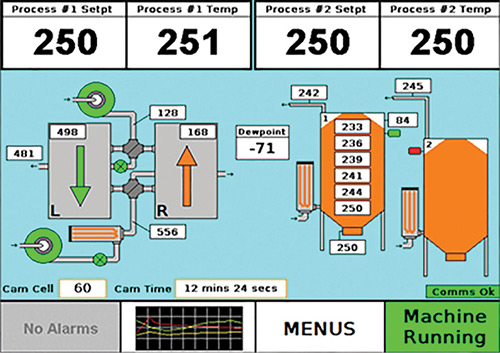
You can configure each query data connection to save its results so that users have access to the data when their form is not connected to a network. Because the data structure in the secondary data source must match the way that data is stored in the database tables, you cannot modify the fields or groups in the secondary data source.

When you add a query data connection to a database, InfoPath creates a secondary data source that contains data fields and groups that correspond to the way that the data is stored in the database. You cannot add a secondary data connection that submits form data to an Access database.
#UNIVERSAL DATABASE RESIN WINDOWS#
You can add a secondary data connection that retrieves data from the employee table, and you can also add another secondary data connection that retrieves data from the customer table in the same Access database.Īlthough you can add a secondary data connection to your form template that can submit form data to an external data source, such as a Web service or Windows SharePoint Services library, you can only use secondary data connections to retrieve data from an Access database. For example, suppose that you have an Access database that contains a table that stores employee data and another table that stores customer data. You can add as many secondary data connections to a form template as you want. However, a form template can have only one main data connection. A form template's main data connection can receive data from an external data source and can also submit form data to an external data source. A secondary data connection is different from the main data connection, which you create when you design a new form template that is based on a database or a Web service. Step 2: Configure the form template to use the data connectionĪ secondary data connection is a data connection that you add to a form template.

Alternatively, you can add a secondary data connection to a Web service that works with your Access database.įind links to more information about designing form templates that are based on an Access database and adding a secondary data connection to a Web service in the See Also section. If you want your users to submit their form data to an Access database, you can design a form template that is based on an Access database, and then enable the submit data connection in the main data connection. You can add a secondary data connection, but that data connection can only query an Access database.

If your users will need data from a Microsoft Office Access 2007 (.accdb format) database or from an Access database saved in an earlier version (.mdb format) to fill out a form based on your Microsoft Office InfoPath form template, you can add a secondary data connection to your form template that queries an Access database.


 0 kommentar(er)
0 kommentar(er)
